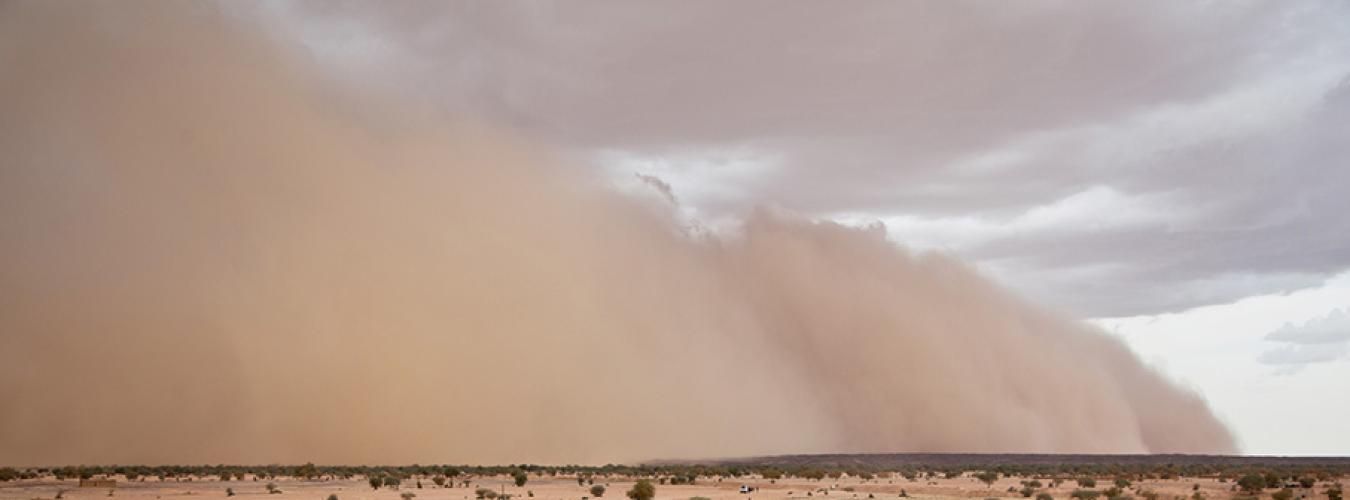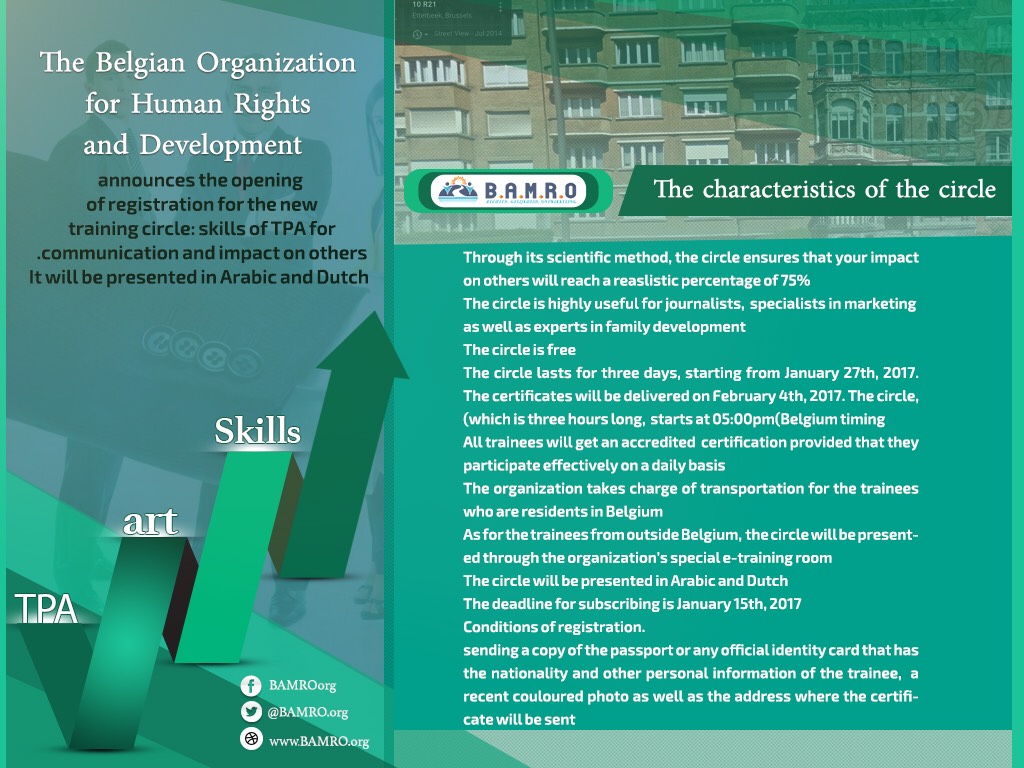Vote
-
For further training via the Zoom program or at our office? ?
Register a
Violation
We you
Contact youS.O.S.
0032 02 7322568
International Day of Combating Sand and Dust Storms, 12 July
International Day of Combating Sand and Dust Storms, 12 July
Some of the most intimidating sights in nature are rolling dark clouds of sand and dust that engulf everything in their path, a phenomenon that turns day into night and wreaks havoc everywhere from Northern China to sub-Saharan Africa.
Sand and dust storms and the Sustainable Development Goals (SDGs)
Sand and dust storms (SDS) present a formidable and wide-spread challenge to achieving sustainable development in its economic, social and environmental dimensions. They have become a serious global concern in recent decades due to their significant impacts on the environment, health, agriculture, livelihoods, and socio-economic well-being. Sand and dust storms are an essential element of the Earth’s natural bio-chemical cycles, but are also caused in part by human-induced drivers, including climate change, and unsustainable land management and water use. In turn, sand and dust storms contribute to climate change and air pollution. Sand and dust storms’ impacts are felt in all regions of the world, both in developed and developing countries, and pose severe challenges to achieving 11 of the 17 Sustainable Development Goals, especially:
SDG-2 — Goal 2: Zero hunger
SDG-3 — Goal 3: Health
SDG-6 — Goal 6: Water and sanitation
SDG-8 — Goal 8: Economic growth
SDG-11 — Goal 11: Cities
SDG-13 — Goal 13: Climate action, and
SDG-15 — Goal 15: Biodiversity forests and desertification.
At least 25 per cent of global dust emissions originate from human activities, and in some areas, desert dust has doubled in the 20th century. The impact of this phenomena is difficult to control, as human activity in one part of the world can cause sand and dust storms in another region. However, just as sand and dust storms are caused by human activities, these storms can also be reduced through human actions.
United Nations action
Recognizing that sand and dust storms and their negative impacts at different scales are issues of international concern, the United Nations General Assembly proclaimed 12 July as the International Day of Combating Sand and Dust Storms (A/RES/77/294).
The United Nations General Assembly, furthermore, stressed the need for cooperation at the global and regional levels, with a view to preventing, managing and mitigating the effects of sand and dust storms through the enhancement of early warning systems and the sharing of climate and weather information to forecast sand and dust storms. The General Assembly affirmed that resilient action to combat and reduce sand and dust storms requires a better understanding of the severe multidimensional impacts of sand and dust storms, including the deterioration of the health, well-being and livelihood of people, increased desertification and land degradation, deforestation, loss of biodiversity and land productivity, threatening food security, and their impact on sustainable economic growth.
Listings
- 1
- 2
- 3
- 4
- 5









